
Is yours lawn or grass? Striped or wild? Real or artificial grass?
Lawns are at the heart of 20 million gardens across the UK and the market here is worth over £2 billion (and growing). Grass is part of our national psyche, woven into weekend rituals; it adds value to our homes and is a place for kids to let off steam.
A design feature too, it brings calm to busy back gardens, and a boon in extreme weathers, cooling the air around it and absorbing rainwater in storms.
Yet, our humble lawns are under fire. Too elite, unsustainable, bad for wildlife – the No Mow May campaign by the charity PlantLife urges gardeners to leave their mower in the shed for at least the month of May, to help rebuild lost acres of wildflowers.
Local councils across the land are cutting back on mowing, both to meet environmental targets and cut their budgets; rewilding pioneers such as Knepp Castle in Sussex are shunning grass underfoot in favour of recycled crushed concrete and building waste, citing sustainability and climate change.
So is our 200-year love affair with grass over? No way, says the nation’s treasured gardening expert, Alan Titchmarsh.
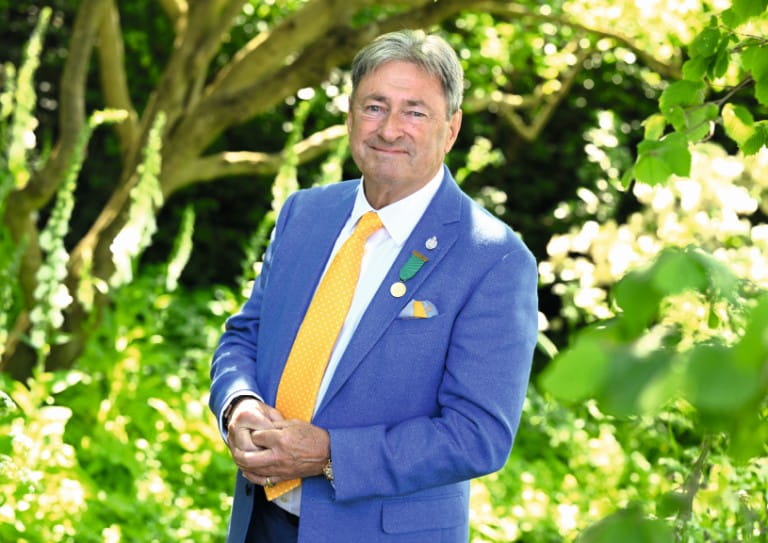
“Grass is lovely to walk on, looks good and makes you feel better – there’s simply nothing to feel guilty about,” he says.
“We need variety in our gardens, but we can all enjoy a great lawn – and it will be loved by blackbirds, thrushes, starlings, all of whom are coming for grubs or ants to feed the next generation, as they don’t forage in long grass.
“Mown grass is important for insects in particular, so if all you’ve got is long grass, it’s a problem – you’re depriving nature of food.”
He worries the message of No Mow May and ardent rewilders that implies tending our gardens is bad will be actively harmful in practice, however well intended its beginnings.
“It sounds wonderful – let’s have a lovely patch of wildflowers – but what do you do at the end of May?" he asks. “Lots of butterflies lay eggs in the long grass, so potentially you’re encouraging insects to a space you’re then going to destroy. And, practically, long grass is fiendishly hard to cut and deal with. The answer is balance.
“All gardens should have a bit of long grass, but it’s how you garden that matters. If you’re organic, as I have been for 40 years, and have a garden with lots of flowers, all types of wildlife will be happy. So to suggest mowing a lawn and having stripes is contentious is not just wrong, it’s purveying guilt, which I don’t go along with.”
Alan is celebrating more than 60 years in horticulture, after starting out in his local parks department as a nipper, but he winces at the memory of the chemical controls that were standard issue in 1964.
“At that time, inorganic gardening was my professional life and we sprayed things witless!” he recalls. “By the 1970s I realised I didn’t want to be doing that, so turned organic. I wanted a space that every creature could use and pull food from at any time of year.
“I still mow stripes in my lawn, but it’s not a monoculture, as some would claim. It’s a botanic garden in close up, full of life and plants. The key is learning to accept a more natural look, though I still get on my knees and pull out the larger, rosette-type of weeds with a daisy grubber – good exercise and great for flexibility!
“I say if it looks beautiful, enjoy it – and you’ll enjoy it more knowing it’s a healthy space.”
Creating healthy and sustainable domestic swards is the mission of one of the UK’s leading lawn experts, David Hedges-Gower, who says for too long commercial interests have driven the way we grow grass.
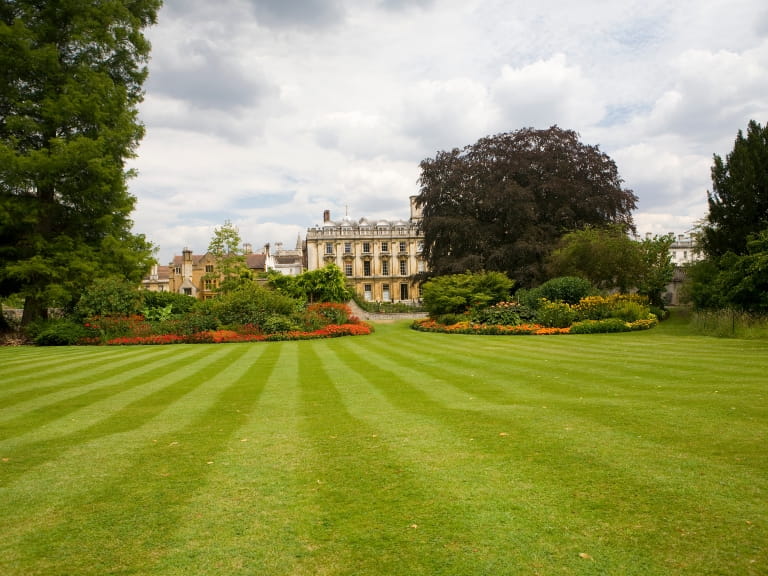
Creating healthy and sustainable domestic swards is the mission for Hedges-Gower, one of the UK’s leading lawn experts, who says for too long commercial interests have driven the way we grow grass.
As a lawn consultant and chairman of The Lawn Association, he advises sports and heritage organisations in its care, but says the intensive, chemical-led maintenance demands of, say, a Wimbledon show-court or Premier League football pitch are a world away from the needs of home gardeners.
“Herbicides and synthetic fertilisers, funded by large multi-national companies, are the dark side of horticulture – selling a promise of the perfect lawn that’s unrealistic and unsustainable,” he believes.
“It leads gardeners to question the value of a lawn. But having looked after some of the best golf courses and pitches, I know how easy it is to manage grass naturally, if you take the right steps. The key is healthy soil – which relies on air, water and bacterial activity, but those are pushed out when compaction is caused by summer drought or heavy rains. Reinstating those, rather than applying chemicals, gets to the heart of the problem.
“When you aerate the lawn, you unlock nutrients already in your soil, and by putting clippings back into the ground when you mow, as happens with a robotic mower, it’s feeding itself.”
The results, he says, are low impact but high reward – no chemicals required.
For Alan, who admits he loves to mow, the process is as much part of the pleasure as the results. “It’s very therapeutic,” he says. “I enjoy the moment and can get that satisfaction again and again, knowing it doesn’t just look good, it’s doing good.
“Let’s face it, mowing is a pretty cheap way to remain sane and happy!”
All plants absorb CO2, which eases global warming – but can your lawn help lower your carbon footprint? If you cut it with an elderly manual mower, leaving clippings on the lawn as its only feed, and never water, then you’ll have a ‘climate-neutral’, or even ‘positive’ lawn.
Even cutting with battery powered machinery means generating CO2 emissions in the manufacturing process, while fertilisers are mined or manufactured and shipped around the world.
To lower your footprint, you might choose to maintain a smaller area in future, limit bought-in feeds and products, or offset lawn care with longer grass, more trees and shrubs and less intense gardening elsewhere.
Follow Alan’s gardening tips in Love Your Weekend, on ITV1, and build your grass-care knowledge with the Lawn Association’s online courses.
Lucy Hall is a garden expert, editor, presenter, podcast creator and writer. She's a trustee of the National Garden Scheme and formerly editor of BBC Gardeners' World Magazine and associate publisher of Gardens Illustrated.
View author page
Every issue of Saga Magazine is packed with inspirational real-life stories, exclusive celebrity interviews, brain-teasing puzzles and travel inspiration. Plus, expert advice on everything from health and finance to home improvements, to help you enjoy life to the full.
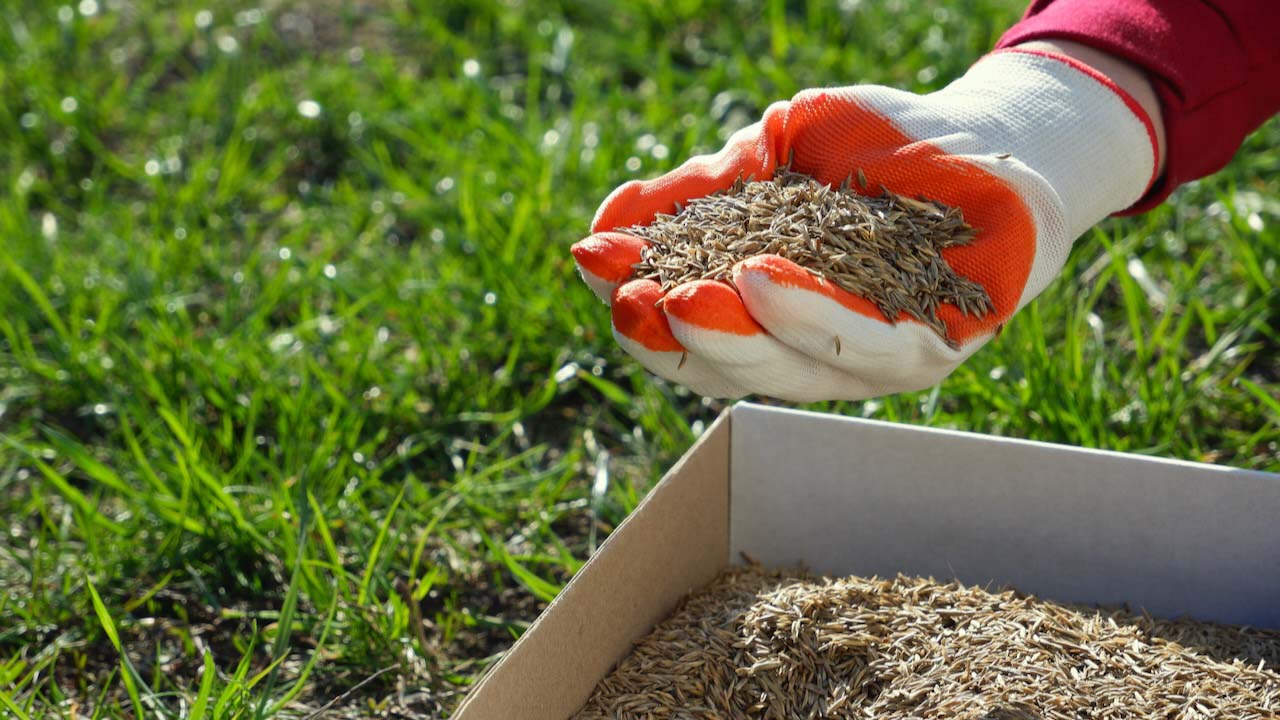
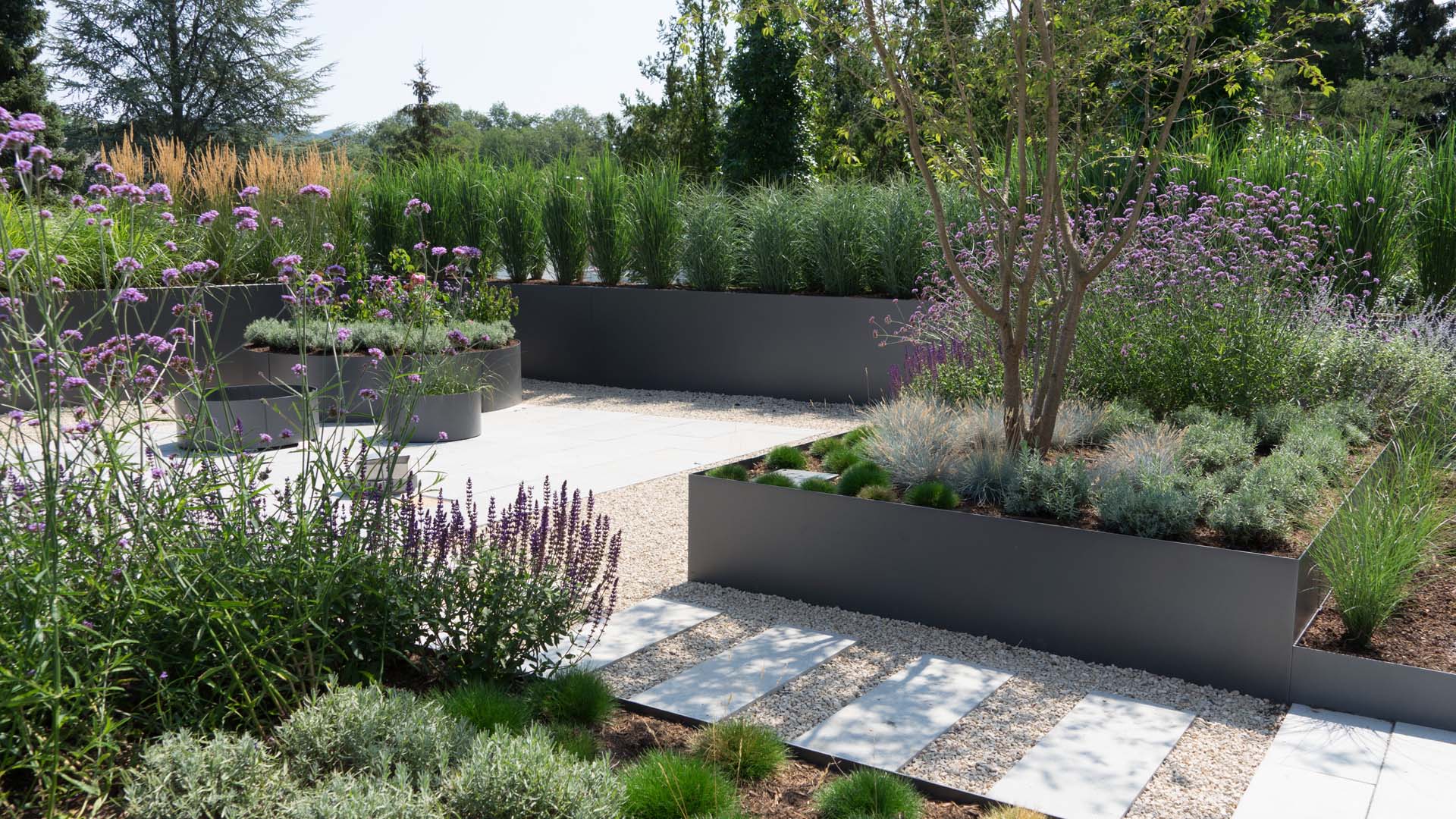
Love your garden, but don’t have enough time to look after it? We’ve got many ideas to reduce your work load.

We explore the benefits and downsides of installing artificial grass in your garden, with advice on whether or not it’s safe for pets.
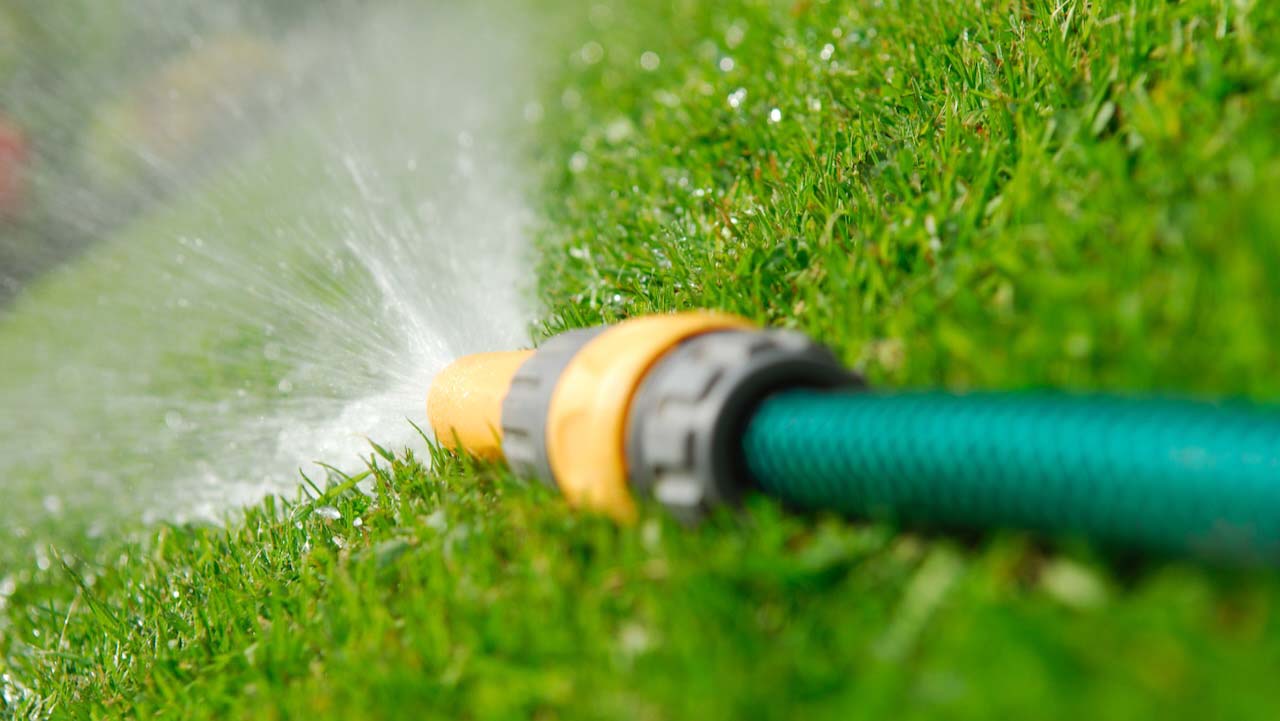
You may think you're doing the right thing, but this lawn-watering mistake could be fatal